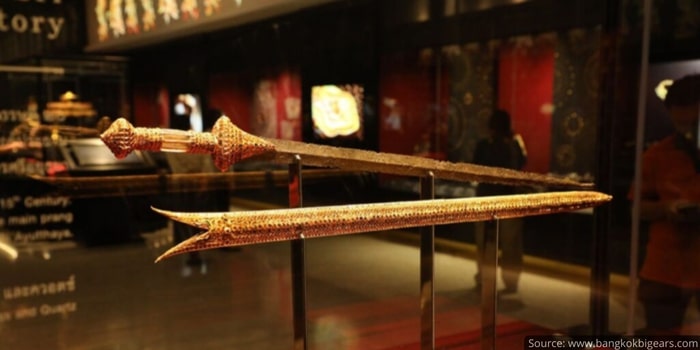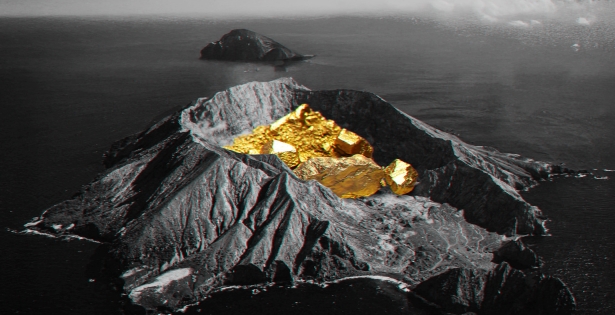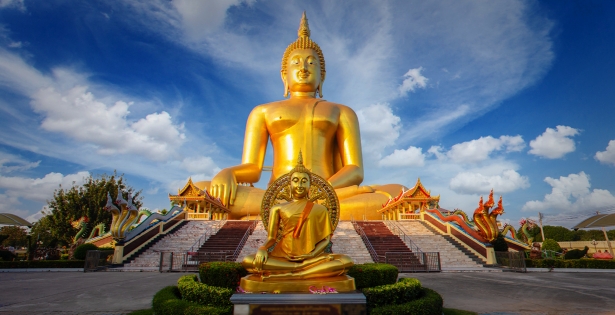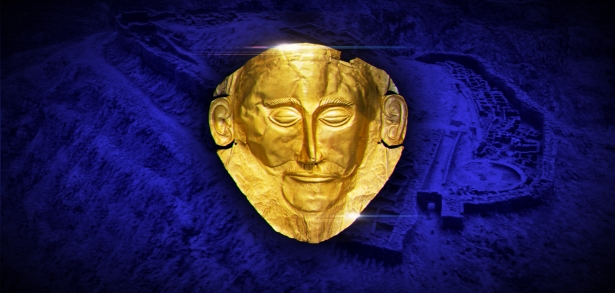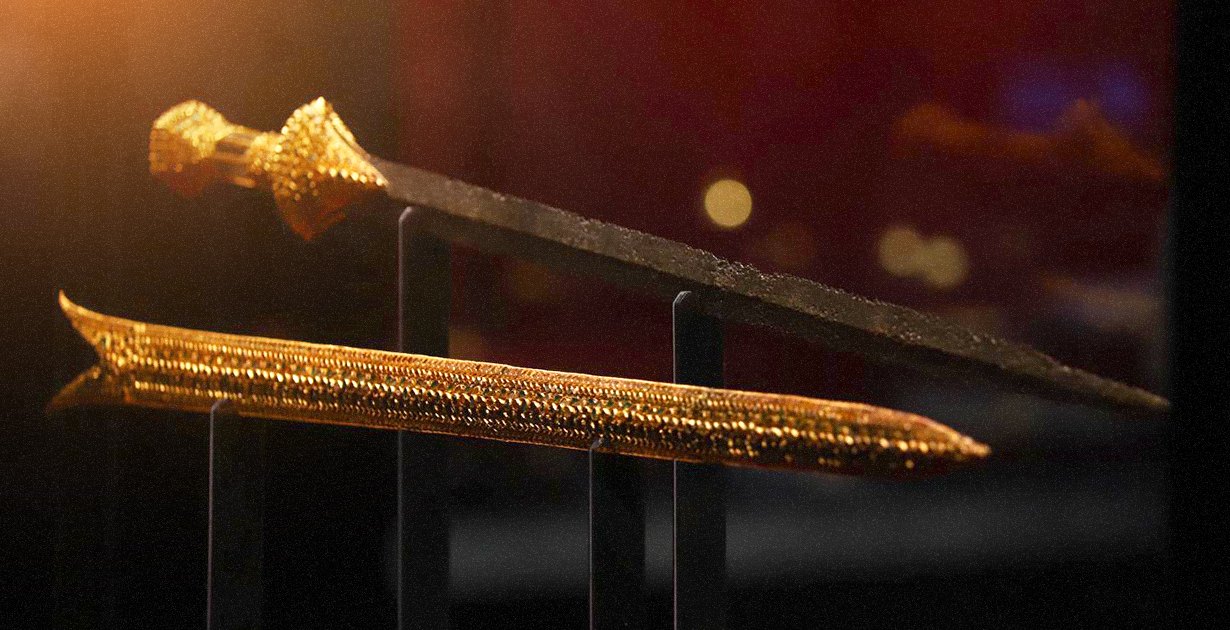
The Sword of Victory: secrets of the golden regalia
We tell about legendary royal weapon.
Average reading time: 3 minutes
The Thai Sword of Victory is a symbol of royal power, which embodies the unlimited power, might and invincibility of the reigning monarch.
History
The legend of the sword still lives in folk tales.
Since 1784, people have been passing on stories about the origin of the royal weapon. One legend mentions an unusual catch by a Cambodian fisherman. While fishing on Lake Tonle Sap, he pulled out a golden sword that had gotten caught in his nets. The fisherman gave the find to the local ruler Chao Phraya Uthai Phubet, who in turn presented it to King Rama I of Thailand, his suzerain at the time.
The sword had unprecedented destructive power. When it was delivered to Bangkok, seven lightning bolts struck the entire city. Many buildings were damaged by the strikes, including the central gate of the monarch’s main residence, the Grand Palace of Bangkok.
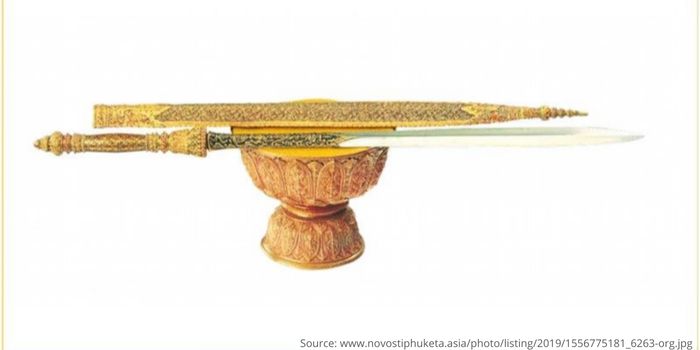
Meaning
Phra Saeng Khan Chaiya Si literally means “the wisdom of the king” in Thai.
These words contain a fundamental principle of virtue: the king, who wields a golden sword, must rule his country and subjects justly.
Characteristics of the golden sword
The Sword of Victory weighs 1.9 kg.
The hilt of the sword has a length of 25.4 cm, the blade measures 64.5 cm.
When the sword is placed in the scabbard, it’s total length equals to 101 cm.
The sword’s neck between the blade and the hilt is inlaid with gold. Images typical of archaic Hindu mythologies are clearly visible: the deity Vishnu rides the Garuda bird, which is considered a national symbol and is depicted on the coat of arms of Thailand.
At the request of King Rama I, a special precious scabbard for the sword was made of gold and decorated with rare stones. According to tradition, the golden Sword of Victory remains an indispensable attribute of the coronation ceremony of Thai monarchs. The monarch receives it from the hands of a Brahmin and ties the weapon to his belt.
The pedestal for the Sword of Victory was solemnly installed on Ratchadamnoen Avenue in Bangkok in 2006, in honor of the 60th anniversary of King Bhumibol Adulyadej’s ascension to the throne.
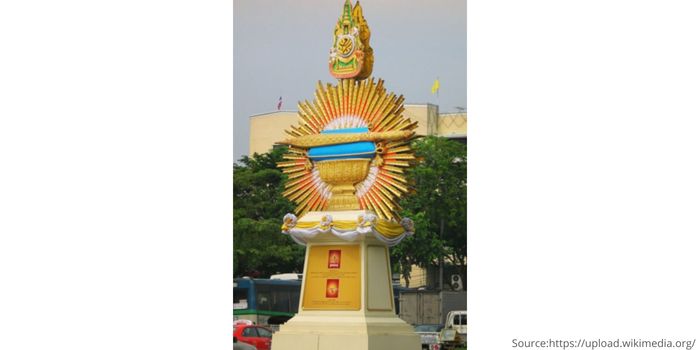
Read also the article:
